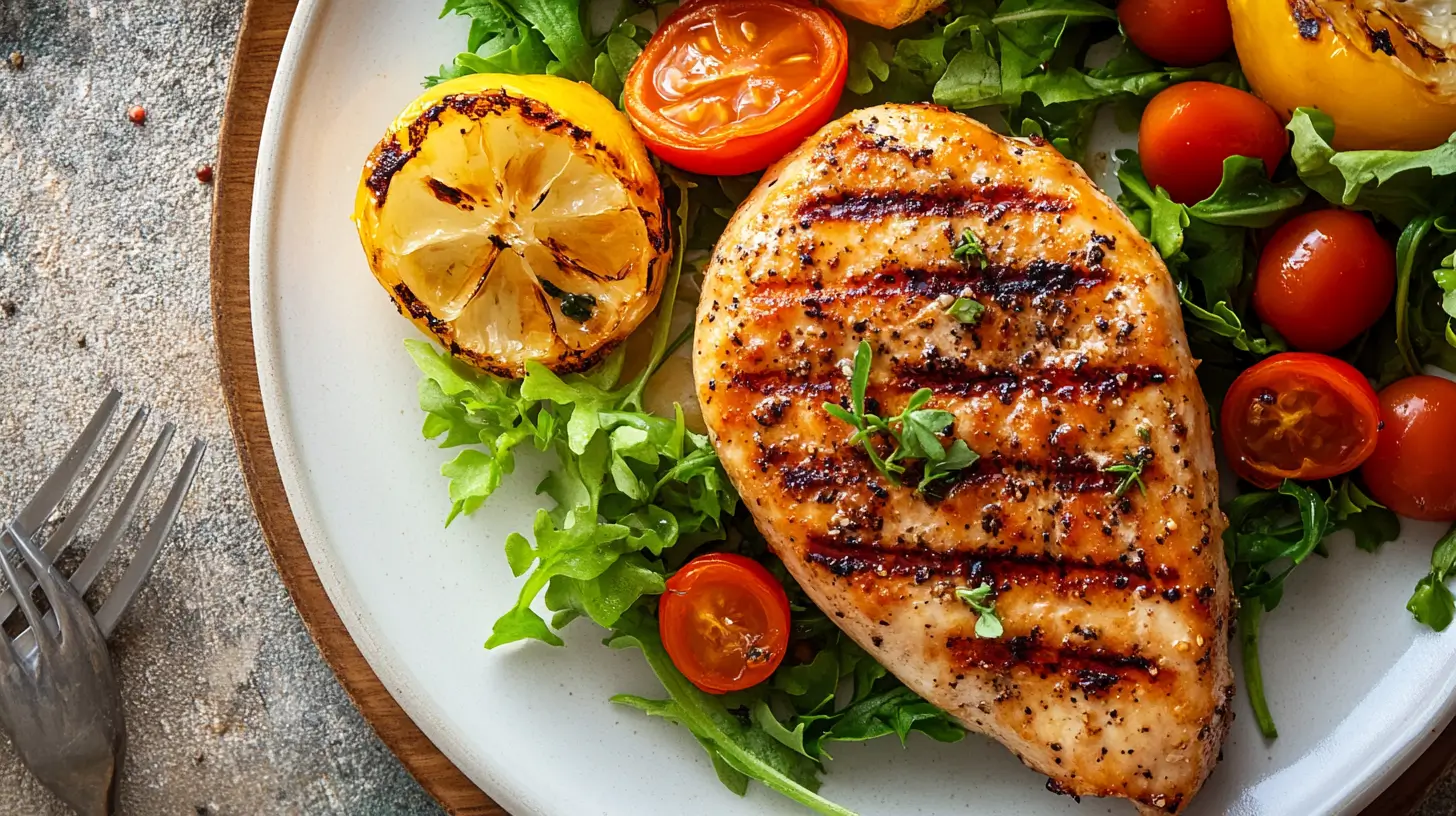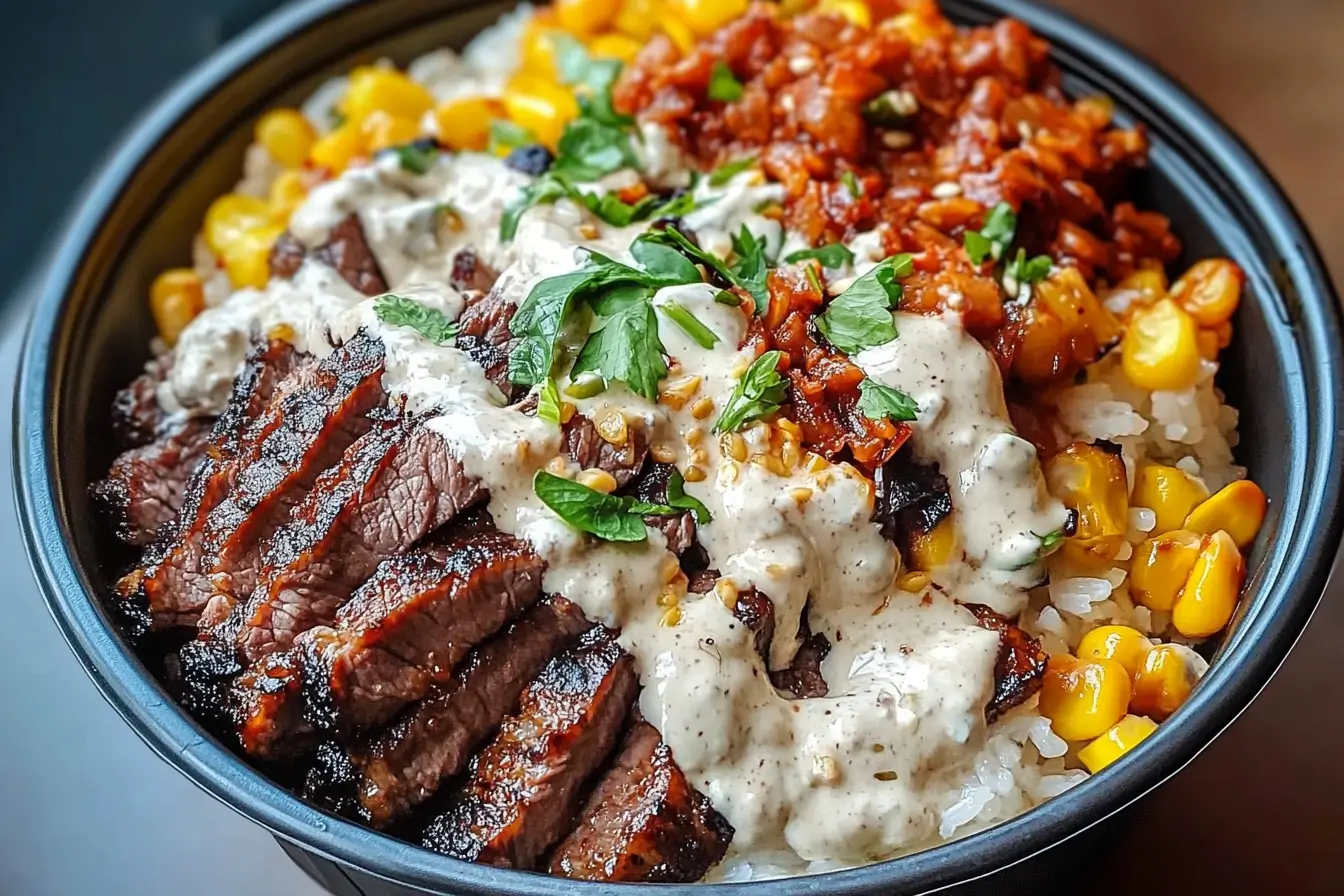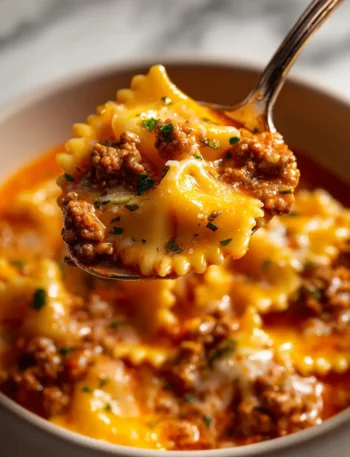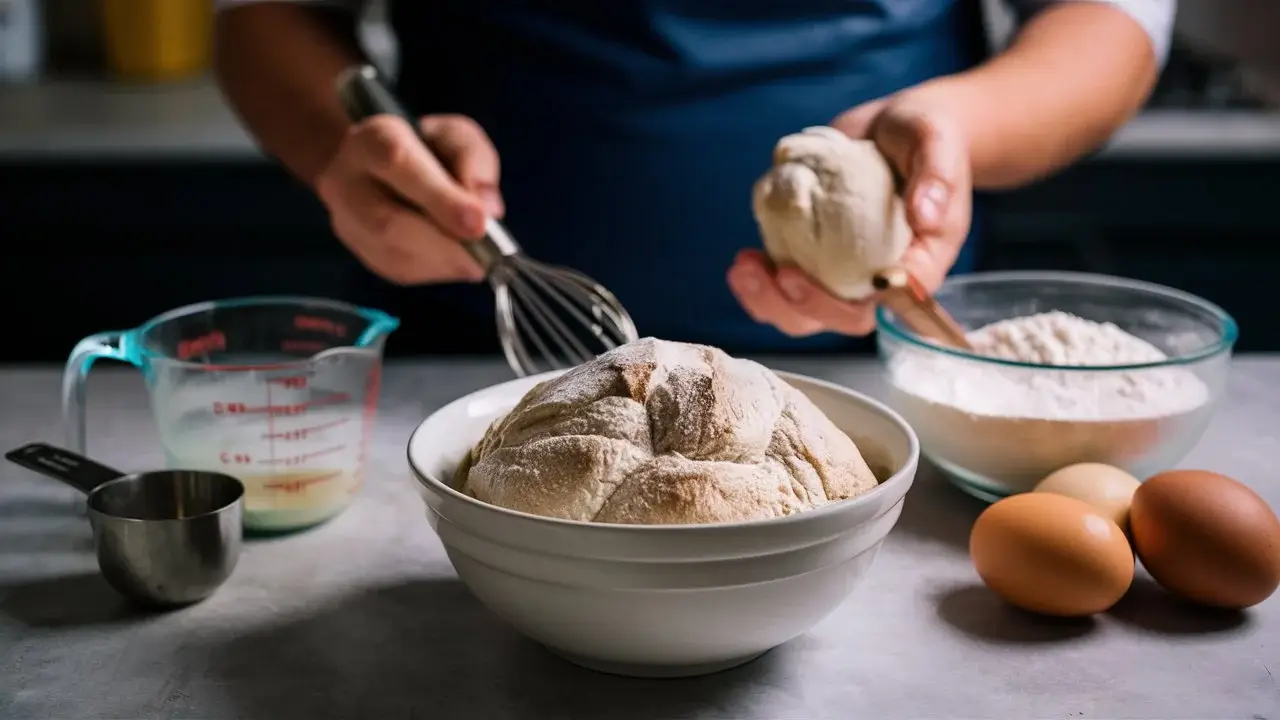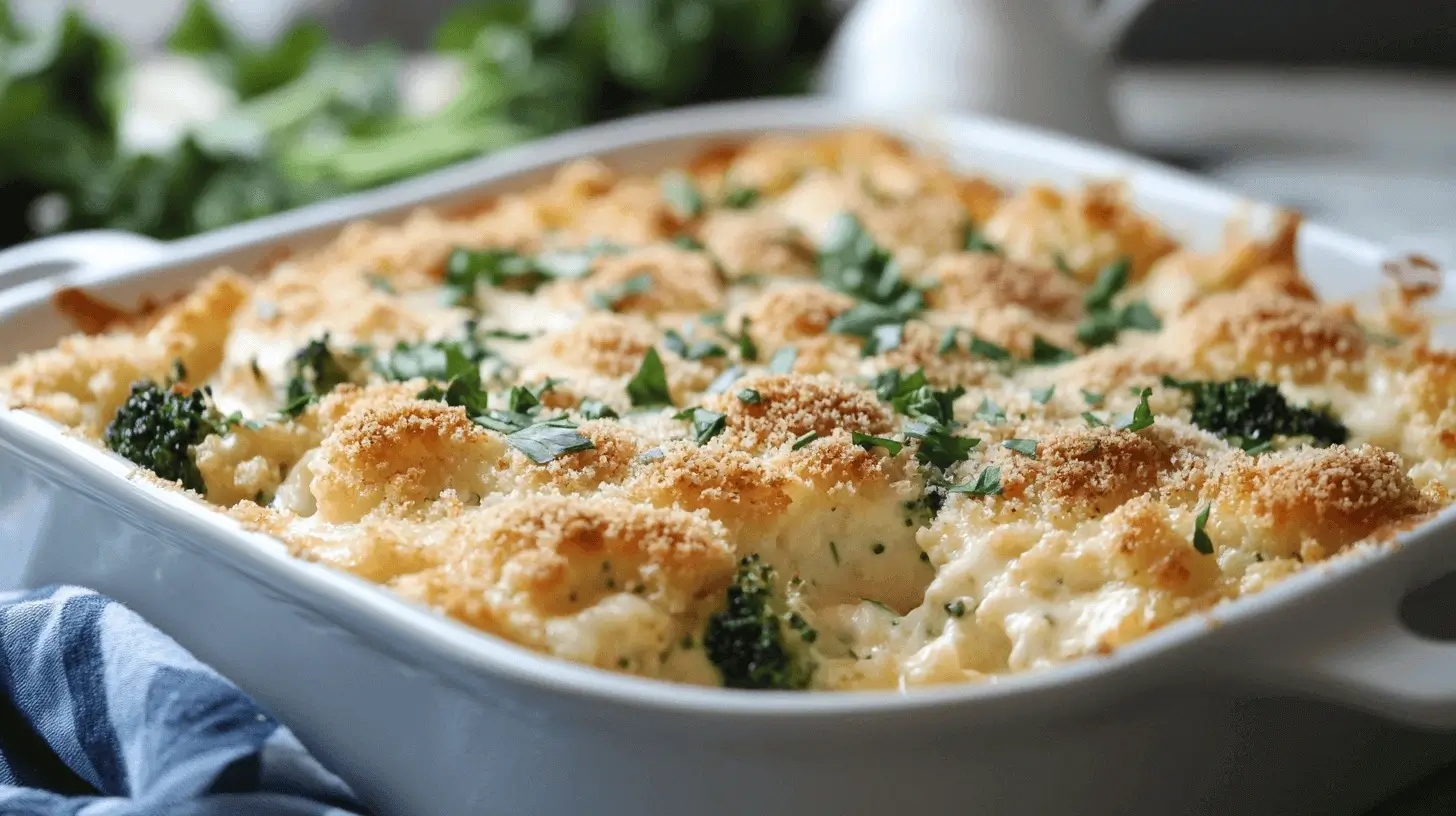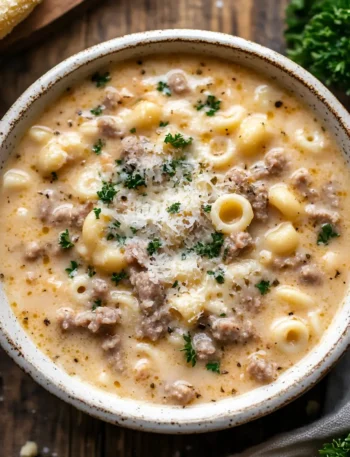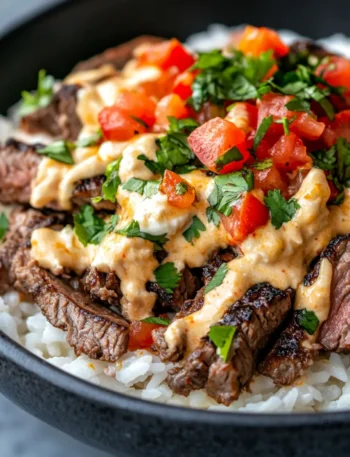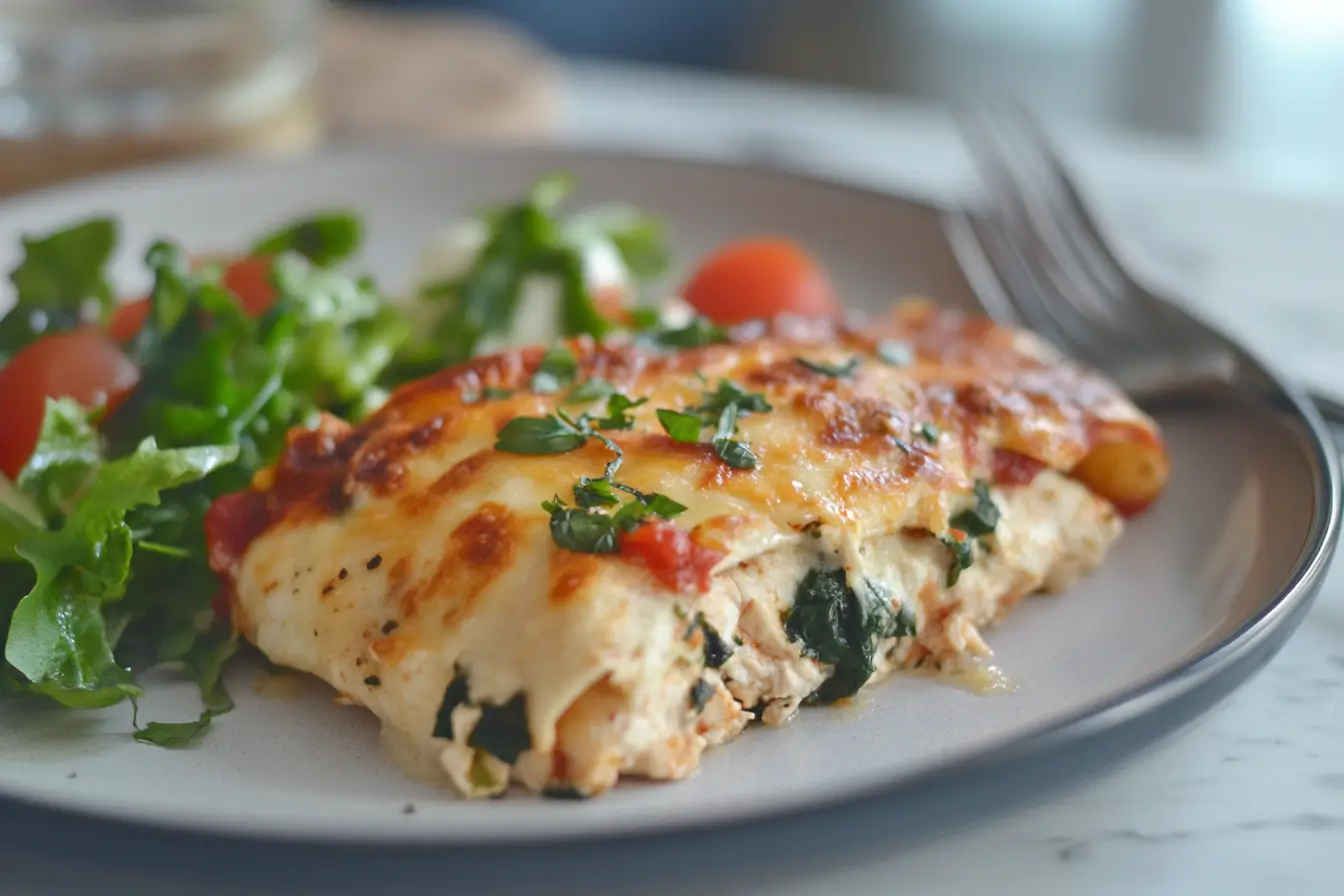The Essentials of a Low-Calorie Dinner
Understanding what constitutes a low-calorie dinner is crucial for anyone looking to manage their weight or improve their health. Low-calorie meals are designed to provide essential nutrients without excessive energy intake, helping to maintain or reduce body weight effectively.
Understanding Calories
What is a Calorie?
A calorie is a unit of energy that measures the amount of energy food provides to the body. Our bodies need calories for daily activities and maintaining bodily functions, but consuming more calories than we burn can lead to weight gain.
The Role of Calories in Weight Management
Caloric balance is key in weight management. Consuming fewer calories than you expend leads to weight loss, making the understanding and control of calorie intake fundamental for dieting success.
Components of a Low-Calorie Dinner
Choosing the Right Proteins
Opt for lean proteins like chicken breast, turkey, fish, or plant-based alternatives such as beans and lentils. These proteins provide necessary nutrients without too many calories.
Importance of Vegetables
Vegetables have very few calories but high in fiber, vitamins, and minerals. They should fill half your plate in a low-calorie dinner.
Smart Carbohydrate Selection
Choose whole grains like quinoa, brown rice, or whole-wheat pasta. These carbs are more nutritious and satiating compared to their refined counterparts.
Planning Your Low-Calorie Meal
Setting the right caloric goals and creating balanced plates is essential for a successful low-calorie diet.
Setting Caloric Goals
How Many Calories Do I Need?
Caloric needs vary based on age, sex, weight, height, and activity level. An average adult woman might need between 1,600 and 2,400 calories per day, whereas an adult man might need between 2,000 and 3,000, depending on their activity level.
Adjusting Calories for Weight Loss
To lose weight, you generally need to reduce your caloric intake by 500 to 750 calories per day to achieve a healthy weight loss of about 1 to 1.5 pounds per week.
Creating Balanced Plates

The Plate Method
The plate method is a simple way to ensure your meals are balanced. Half of your plate should be vegetables, one-quarter should be lean proteins, and the remaining quarter should be whole grains.
Portion Sizes and Control
Understanding portion sizes is crucial; use measuring cups or a food scale to keep track of your food intake.
Ideal Ingredients for Low-Calorie Dinners
Selecting the right ingredients can make your low-calorie dinner both satisfying and nutritious.
Best Proteins for Low-Calorie Meals
Lean Meats and Alternatives
Chicken, turkey, and fish are excellent sources of high-quality protein that are lower in calories and fat than red meats.
Plant-Based Protein Options
Beans, lentils, and tofu are not only low in calories but also high in fiber and protein, making them ideal for vegetarian or vegan low-calorie meals.
Filling Up on Fiber
High-Fiber Vegetables
Incorporate vegetables like broccoli, spinach, and bell peppers which are high in fiber and low in calories.
Benefits of Fiber in Dieting
Fiber helps in prolonging satiety, which can prevent overeating and help in weight management.
Cooking Techniques to Lower Calorie Intake
Using the right cooking methods can help retain the nutritional value of food while minimizing fat and calorie content.
Cooking Methods that Cut Fat
Steaming and Boiling
These methods do not require fat and maintain the integrity of nutrients in vegetables and proteins.
Grilling and Broiling
These cooking techniques add a smoky flavor and crisp texture without needing extra fats.
Flavor Without the Fat
Herbs and Spices
Use a variety of herbs and spices to enhance flavor without adding calories.
Low-Calorie Sauces and Dressings
Opt for vinegar-based dressings, citrus juice, or herbs and spices to flavor dishes instead of high-calorie sauces and dressings.
Low-Calorie Dinner Recipes
Experimenting with different recipes can keep your low-calorie diet interesting and flavorful.
Quick and Easy Recipes
30-Minute Low-Calorie Meals
Quick stir-fries, grilled chicken or fish with steamed vegetables, and salads are great for a quick low-calorie dinner.
One-Pot Wonders
Try one-pot dishes like vegetable soups or stews that are hearty, nutritious, and easy to prepare.
Meal Prep for the Week
Batch Cooking Low-Calorie Meals
Prepare and store batches of healthy meals in advance to save time and ensure you stick to your low-calorie diet during busy days.
Storing and Reheating
Store meals in individual portions and reheat as needed to control portions and reduce waste.
Dining Out on a Low-Calorie Diet
Eating out doesn’t have to be a challenge on a low-calorie diet. Making smart choices can help you stick to your goals.
Making Smart Choices at Restaurants
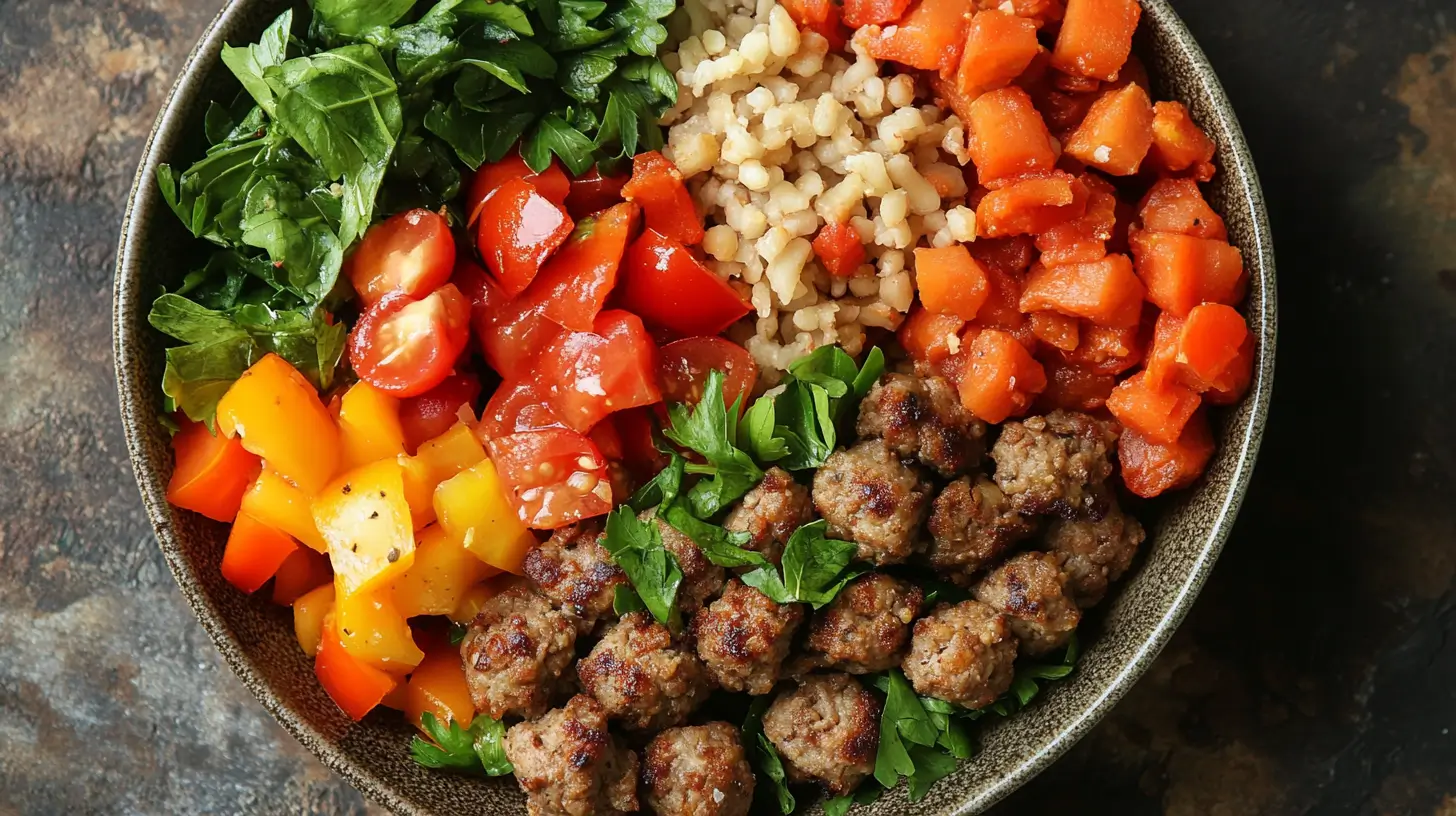
What to Order
Opt for dishes that are steamed, grilled, or broiled rather than fried or creamy. Salads, lean proteins, and vegetables are good choices.
What to Avoid
Avoid dishes that are described as creamy, fried, or breaded, and be cautious of high-calorie dressings and sauces.
Challenges and Solutions in Low-Calorie Dining
Staying on a low-calorie diet can be challenging, but there are ways to overcome common obstacles.
Common Pitfalls
Hidden Calories in ‘Healthy’ Foods
Beware of foods labeled as “healthy” that may contain hidden sugars and fats. Always check labels or ask for nutritional information when available.
Overcoming Plateaus
If weight loss stalls, consider adjusting your calorie intake or increasing physical activity. Sometimes, small tweaks can make a big difference.
Keeping It Interesting
Rotating Recipes
Keep your meals interesting by rotating different recipes and ingredients seasonally.
Seasonal Variations
Take advantage of seasonal produce for variety and to enjoy the freshest flavors.
The Impact of a Low-Calorie Diet on Health
Adopting a low-calorie diet can have significant health benefits, but it’s important to approach it wisely to avoid potential risks.
Long-Term Benefits
Weight Management
Maintaining a low-calorie diet can help achieve and sustain a healthy weight.
Improved Metabolic Health
A balanced, low-calorie diet can improve overall metabolic health, reducing the risk of diabetes and heart disease.
Potential Risks
Nutrient Deficiencies
To prevent deficiencies, ensure your diet is varied and includes all necessary nutrients.
How to Avoid Risks
Regular check-ups and possibly supplementing your diet under professional guidance can help mitigate the risks associated with a low-calorie diet.
Conclusion
Embracing a low-calorie diet involves thoughtful meal planning and smart food choices. It can lead to significant health benefits, including weight loss and better metabolic health, but should be managed carefully to avoid potential downsides.
FAQs
-
What makes a dinner “low-calorie”?
- A low-calorie dinner is typically defined by its calorie content, generally ranging between 300 to 500 calories per serving. Such meals prioritize ingredients that are high in nutrients but low in calories. Key components include lean proteins such as chicken breast, fish, or plant-based proteins like beans; a large portion of non-starchy vegetables which are low in calories yet high in fiber; and small portions of whole grains or starchy vegetables. These meals avoid excessive use of fats and sugars, focusing instead on fresh, whole foods.
-
Can eating low-calorie dinners help with weight loss?
- Yes, low-calorie dinners are a fundamental part of a weight loss strategy. They help reduce overall calorie intake without sacrificing nutrition. By consuming fewer calories than the body expends, while still providing it with essential nutrients, low-calorie dinners can create a caloric deficit necessary for weight loss. Consistency is key in any diet, and incorporating low-calorie dinners regularly can lead to significant and sustainable weight loss over time.
-
Are there any quick low-calorie dinner options for busy nights?
- Absolutely, many quick and simple recipes can fit into a low-calorie eating plan. Vegetable stir-fries with a lean protein like shrimp or tofu can be made in under 20 minutes. Salads topped with grilled chicken, beans, or fish are another quick option that can be assembled in minutes. Additionally, broth-based soups with lots of vegetables and some lean meat or beans provide a comforting and quick dinner choice. All these options are not only quick to prepare but also help in sticking to a low-calorie diet during a busy schedule.
-
How do I make my favorite meals low-calorie?
- Modifying favorite recipes to fit a low-calorie diet involves several strategies:
- Reduce High-Calorie Ingredients: Use less oil, butter, cheese, and cream. Opt for cooking sprays and non-fat dairy alternatives where possible.
- Increase Vegetables: Add more vegetables to dishes to increase volume and fiber content without significantly increasing calories.
- Choose Lean Proteins: Replace fatty cuts of meat with leaner options like chicken breast, fish, or legumes.
- Cooking Methods: Adopt cooking methods that require less or no added fat, such as steaming, grilling, boiling, or baking, instead of frying.
- Flavor Enhancers: Use herbs, spices, and citrus to add flavor without calories instead of relying on heavy sauces and dressings.
- Modifying favorite recipes to fit a low-calorie diet involves several strategies:
-
What should I avoid at restaurants to maintain a low-calorie diet?
- When dining out, it’s important to avoid dishes that are fried, breaded, or laden with heavy sauces or dressings, which significantly increase the calorie content. Opt for meals that are steamed, grilled, broiled, or roasted. Be cautious of portion sizes, as restaurant servings are often much larger than standard serving sizes. Asking for dressings and sauces on the side, substituting starchy sides with extra vegetables, and avoiding calorie-dense appetizers and desserts can also help maintain a low-calorie intake when eating out.

